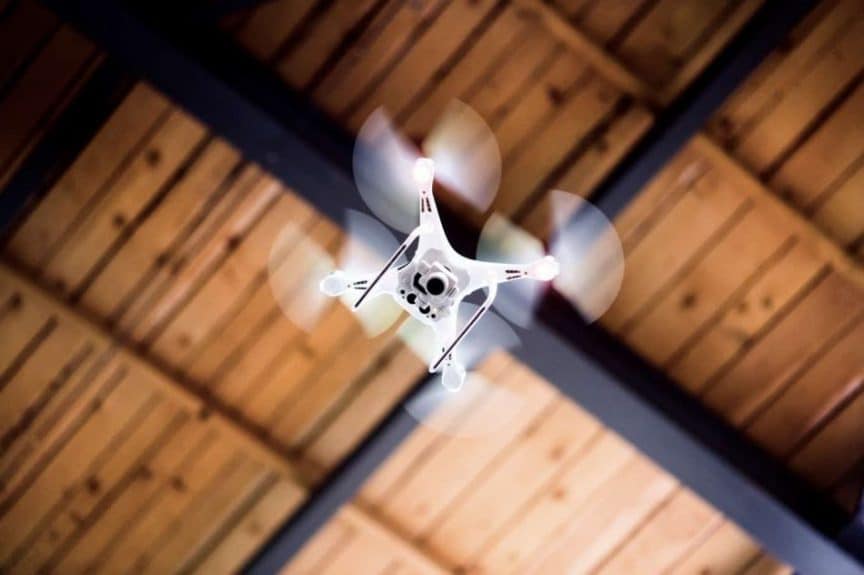
Can I Fly My Drone Indoors?
In this article, we will cover when it is ok to fly your drone indoors, what safety measures should be taken, as well as a few suggestions for drones that are well suited for indoor flight.
Can I Fly My Drone Indoors? How to Fly Safely Inside: Experienced recreational drone pilots and commercial drone pilots can fly their drones indoors. Operating a drone within a confined space, even a very large space can offer some unique challenges that may be too difficult for less experienced drone pilots. But this is not always the case. Read on.
Whether you are an experienced recreational drone operator who wants to show off your drone to friends or family or a commercial drone pilot that has been hired to film an indoor event, flying a drone indoors can be quite challenging.
If you are just starting out or you live in a cold climate area like the Northern US and Canada, you may enjoy flying or learning to fly a drone, indoors.
We have a couple of recommended Drones on our Gear Page for flying indoors. In the meantime, read on for tips on flying your drone indoors safely, including specific settings, accessories, and other safety measures that can keep your drone safe, as well as property, people, and pets.
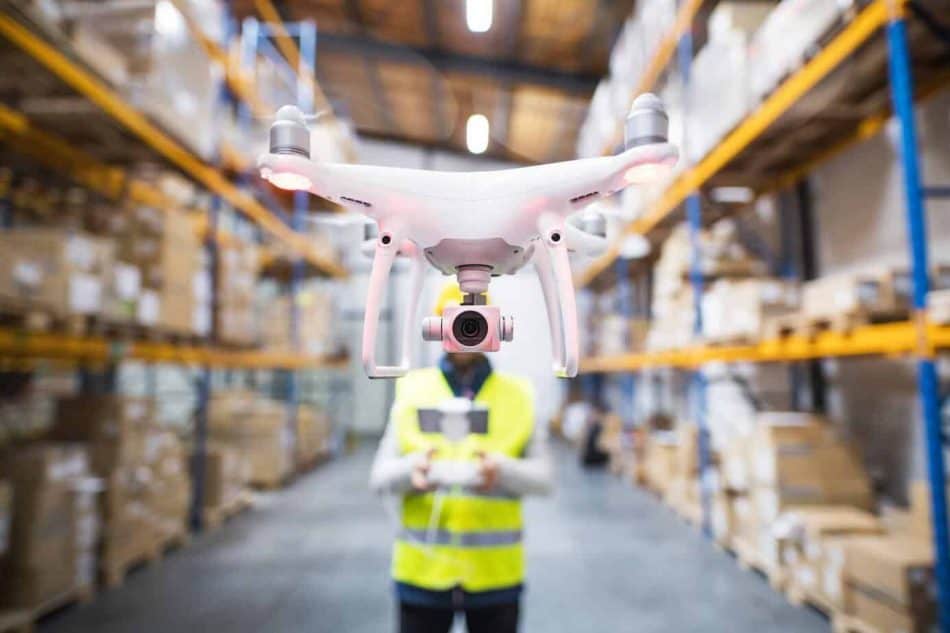
How to Fly a Drone Indoors Safely
As we mentioned if you must fly your drone indoors, you will want to do everything possible to protect not only your drone but the people and things around you.
Drones are not 100% safe even when operated by the most experienced pilots. Following the suggestions below will help to keep everyone and everything as safe as possible.
Know Your Drone
Only fly indoors after you have practice and experience with the specific drone. Since all drones have different settings, options, and their own unique quirks, you should never attempt to fly a new drone indoors.
Fly as Slowly as Possible
Drones come in all shapes, sizes, and designs and many offer several flight speed options. Some drones are even equipped with high-speed sport modes.
You should avoid flying your drone above the minimum speed anytime you are flying indoors. Not only will this decrease any damage that may occur from possible collisions, but it will also help you to have the most control over your drone.
Never Use Carbon-Fiber Props
If your drone is equipped with carbon-fiber props, you should replace them with the safer plastic version. Carbon-fiber props are dangerous enough to easily cut through flesh.
This means that people around your drone would be at risk. Play it safe and go with the more flexible and safer plastic props whenever you fly indoors.
Always Use Prop Guards When Flying Indoors
In addition to changing out your props, you will want to use your drones prop guards. Not only will this protect objects and observers, but this will also significantly protect your drone from unnecessary damage.
When using prop guards, there are a couple of things to remember:
· Using prop guards will disable object detection sensors on most drones
· Avoid flying close to walls, ceilings, or floors. This combined with prop guards can cause disruptions in the flow of air causing instability in your flight and even cause your drone to crash.
Reset Your Drone Before Flying Indoors
With the amazing advances in drone software technology, many drones come equipped with programming that stores data from your previous flights.
The drone uses this data to improve flight maneuverability and obstacle detection.
When you go from flying outdoors to indoors, this stored information may cause your drone to respond differently then it should.
Since the circumstances of indoor versus outdoor are so drastically different, taking the extra precaution to reset your drone is an easy safety measure to take.
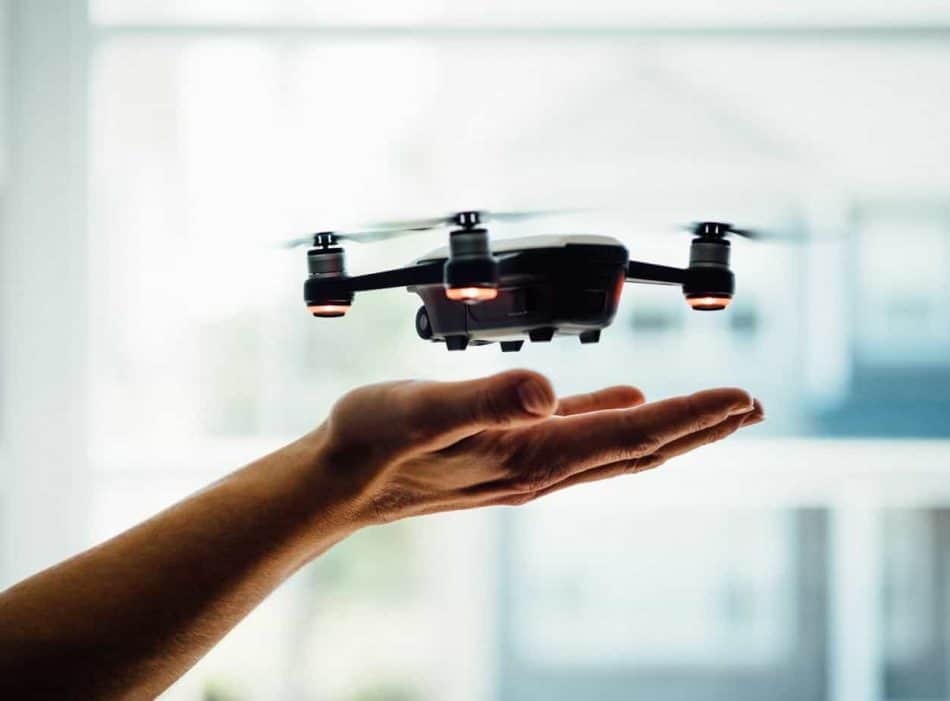
Set Your Drone to Hover When Signal is Lost
One of the most important things to remember is that drones operate on wireless signals, which are not always the most reliable.
Your drone is more than likely to experience one or more losses in signal anytime you fly indoors.
Operating indoors can allow for interference in your drone’s signal from Wi-Fi or other electronic equipment. Even cell phone signals can interfere with some drone operations in confined spaces.
By changing the setting to hover, your drone will stop and hover whenever it loses signal instead of making the attempt to return home.
Leaving a drone in return to home mode will cause the drone to attempt to do so with any loss in signal. In some cases, drones have lifted directly into a ceiling, which can cause significant damage to your drone.
Disable GPS if Your Drone is Not Adequately Connected to Multiple Satellites.
When operating outdoors, most drones connect to multiple satellites, up to 10, in order to get the most accurate GPS information.
This also ensures that GPS data is not instantly lost when one or more satellites cannot be accessed.
As mentioned above, flying a drone indoors makes depending on a consistent and reliable signal of any type nearly impossible.
By disabling the GPS settings in your drone, your drone will not continuously attempt to connect to satellites or react to a loss of GPS signal that has been interrupted due to flying indoors.
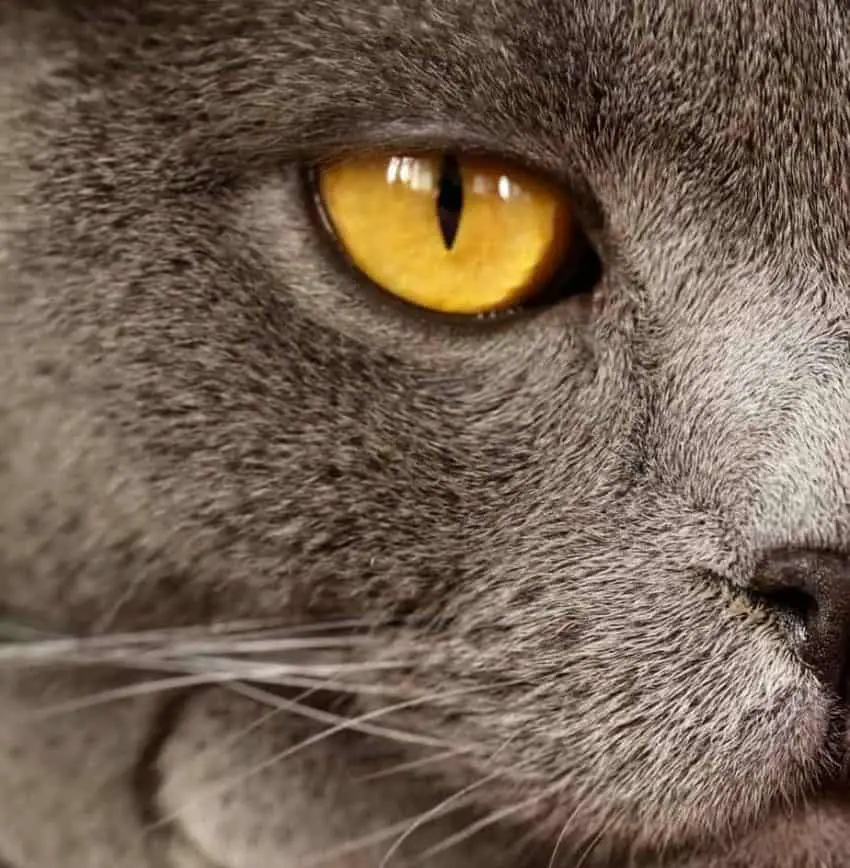
Protect Children and Pets
Drones are exciting to adults, but they can be extremely exciting to children and pets. Children, especially younger children, do not always understand the potential dangers of a flying drone and may be tempted to reach out, jump around, or even chase a drone. This means a huge potential for damage to the drone or injury to the child.
When operating a drone near children, make sure there are other people to help monitor the children, allowing you to concentrate on flying. Additionally, Children should wear safety glasses while near a drone (this is good practice even outdoors).
Pets can be even more excited than children when it comes to drones. Some pets may also become quite scared. If possible, secure pets in a location separate from where you are flying.
When not possible, have someone manage the pets so you can concentrate on the drone.
Enlist a Spotter to Assist You
As mentioned, there are plenty of reasons to enlist the help of a spotter while you are flying a drone. This is a good idea for both indoor and outdoor flights, especially when around people or animals.
While we would like to think that common sense would prevent people from purposely distracting a drone pilot, that is unfortunately not the case, and unintentional distractions are bound to happen as well.
Using a spotter allows you to concentrate on your drone. A spotter can help protect your physical body, as you focus on your controls or the drone in the sky.
For example, you may not notice that chair right in front of you. A spotter can also keep individuals at a safe distance, keeping you from being distracted as well as giving you room to react to your drone if necessary.
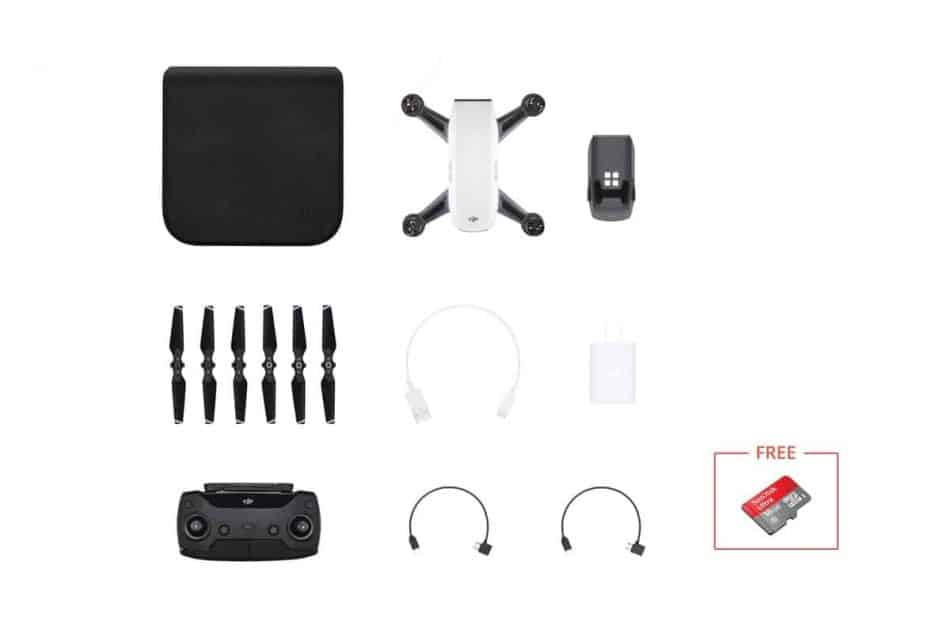
Best Drones for Flying Indoors (With Prop Guards!)
If you need to fly indoors regularly, you may want to consider getting a drone designed to be flown both indoor and outdoor.
These drones are typically lighter weight than regular drones but still, have some amazing features.
DJI Spark
This is an amazing little drone. Features include up to 16 minutes of flight time, a 2-axis mechanical gimbal supporting the camera.
Outdoors this drone can reach speeds up to 50kM/hr. This drone is operated with your smartphone for the ultimate in flexibility.
For more details or to purchase this drone, Check it out on Amazon!
Holy Stone F181W Wi-Fi FPV Drone
Another great drone is the Holy Stone F181W. This drone features a 720p wide-angle HD camera, video capture. This drone is a great option for beg Check it out on Amazon beginners and more advanced users.
Complete Details available on the Holy Stone Website
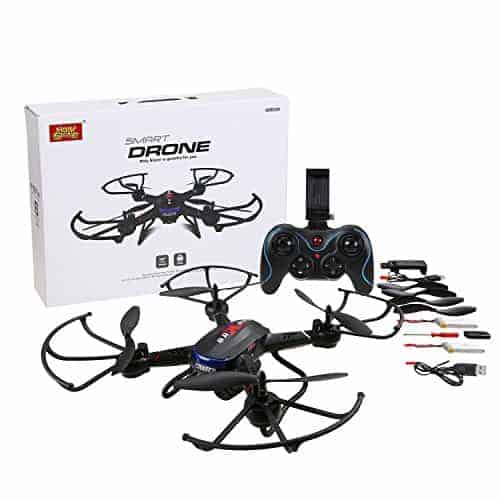
Conclusion
Because I live in Canada I learned how to fly a Drone in my house during the winter. I used a small Blade Nano Drone which I review on the recommended gear page.
We have covered many of the basics for safely flying your drone indoors. Following these tips will help you to keep your drone, yourself, other people and property safe.
Flying indoors can be fun and exciting, but safety should not be taken for granted. We hope you have found this article useful. Happy Flying!
I wish you a safe, indoor flight. If you have a cat they love watching the Drone…just saying.
